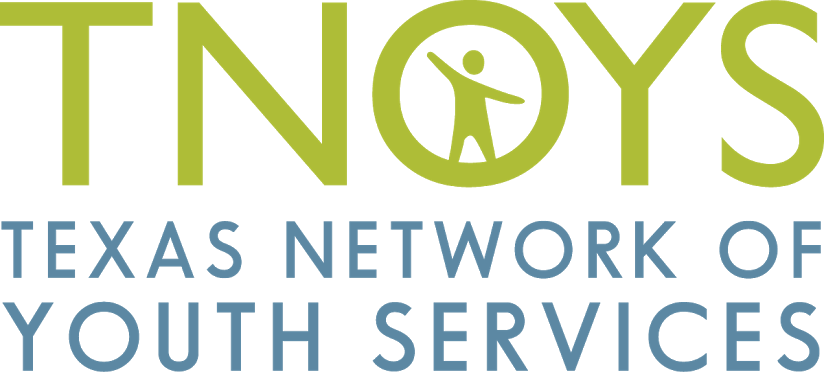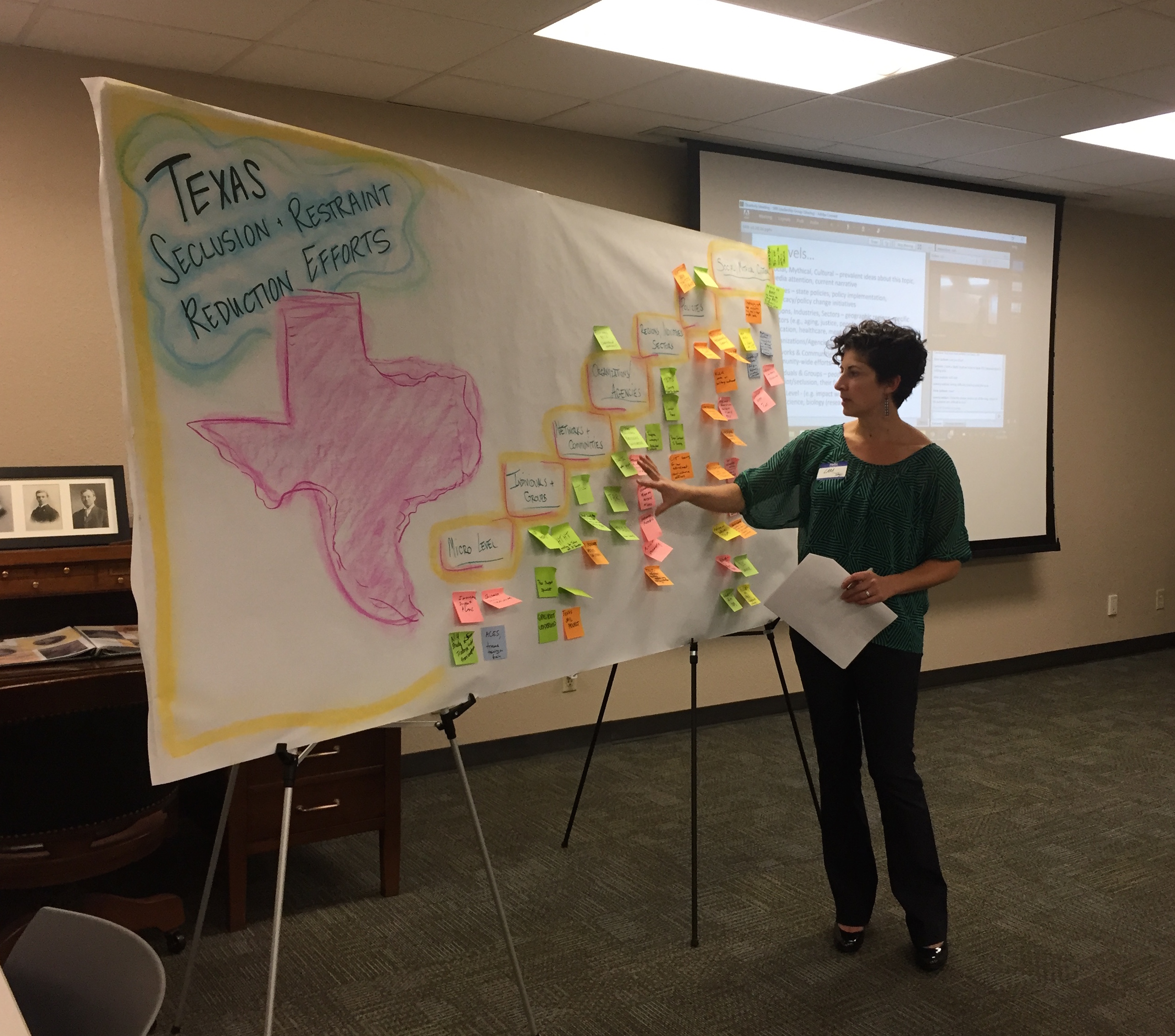By Lara O’Toole
For many years, it was considered the norm to physically restrain or seclude individuals who presented challenging behaviors while in mental health facilities, prisons, nursing homes and even schools. While this practice still occurs all too often, over the past decade the use of seclusion and restraint interventions has come under intense scrutiny as researchers, clinicians, and stakeholders have identified serious risks that can result – including death, physical injuries, and trauma.
Tackling the Problem in Texas
In 2007, a group of Texans working across a variety sectors serving vulnerable populations at risk of being subjected to these practices came together to form what is now known as the Seclusion & Restraint Reduction Leadership Group, coordinated by the Hogg Foundation for Mental Health. Their initial efforts were focused specifically on state psychiatric hospitals, but the broad base of stakeholders positioned them to make an even greater impact.
In 2014, TNOYS took over as coordinator of this group, co-facilitating meetings with the Austin State Hospital Peer Support Program. Reducing seclusion and restraint is a priority for TNOYS as part of our focus on trauma-informed care best practices, and it has been exciting and inspiring for us to be part of this diverse group working toward the cultural change needed to transform how our state’s service providers address challenging behaviors.
In our third year after taking on this role, TNOYS decided to take a step back and evaluate what the group has accomplished since 2014 and what gaps still exist that must be addressed to truly bring about change. In October, we devoted the quarterly meeting of the Seclusion & Restraint Reduction Leadership group to sharing those evaluation results and brainstorming with the group on an environmental scan of current related initiatives and strategic opportunities in Texas.
Our evaluation showed that the group has been particularly effective over the past three years in advancing education, policy advocacy and networking opportunities on the topic of seclusion and restraint reduction. This has been accomplished through hosting training events, creating informational materials, tracking and discussing relevant legislative opportunities, coordinating site visits to organizations implementing best practices, and more.
There Is More Work to Be Done
Despite these and other achievements in recent years, we still have a long way to go. Many leaders and service providers still hold the dangerous belief that restraining and secluding people is for their own protection, and we must secure systemic change across the state if we are to truly eliminate these traumatizing and harmful practices.
At our October meeting, members of the leadership group shared what they see as opportunities in the state as well as gaps in our current efforts. Most notably, they suggested that there be wider representation of sectors that need to address seclusion and restraint practices. The group also suggested the need for a common definition of exactly what seclusion and restraint entails, to standardize data collection and more clearly set and achieve goals.
So, What’s Next?
TNOYS has been honored to support this longstanding group in recent years and help it continue to be a strong network of advocates. Our October meeting was an important time to acknowledge we have achieved as coordinator and bring in longtime and new stakeholders to reflect on the current state of affairs and how to adjust our approach going forward to accomplish even more. In the coming months, we will take the findings of our evaluation and the input from the last meeting to map out a strategy going forward. Stay tuned for information about where we’re headed next in this important journey!

